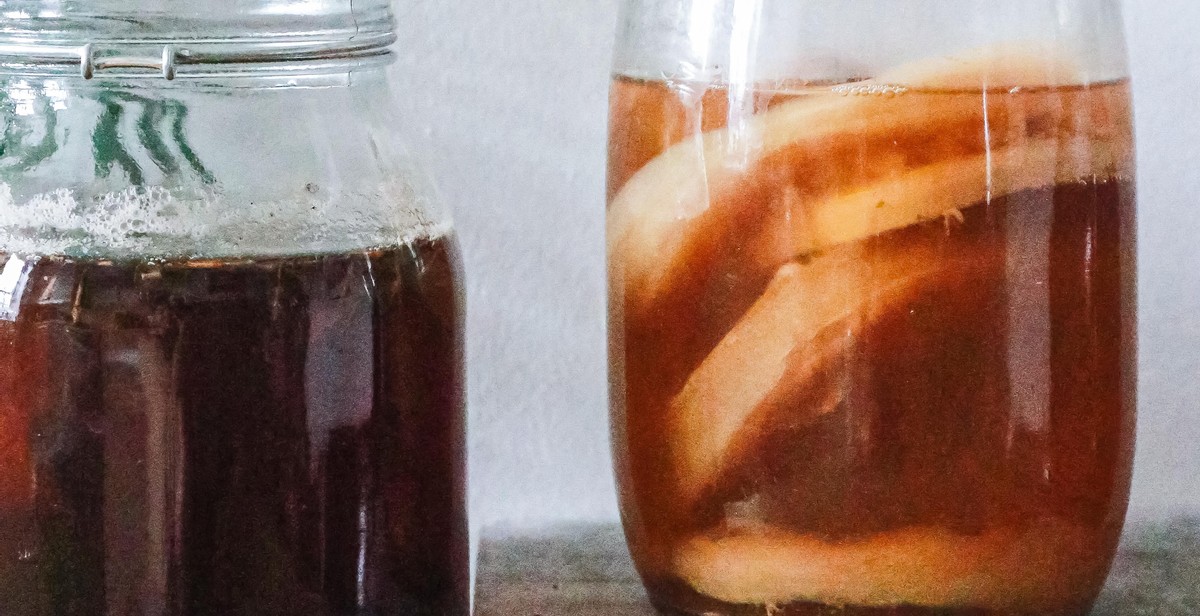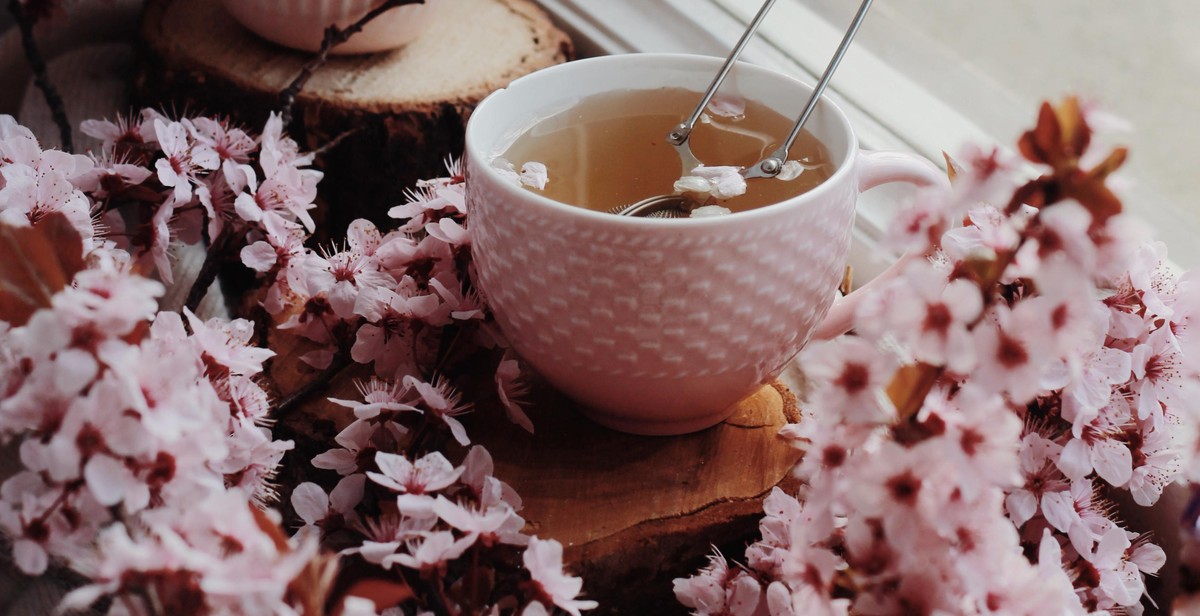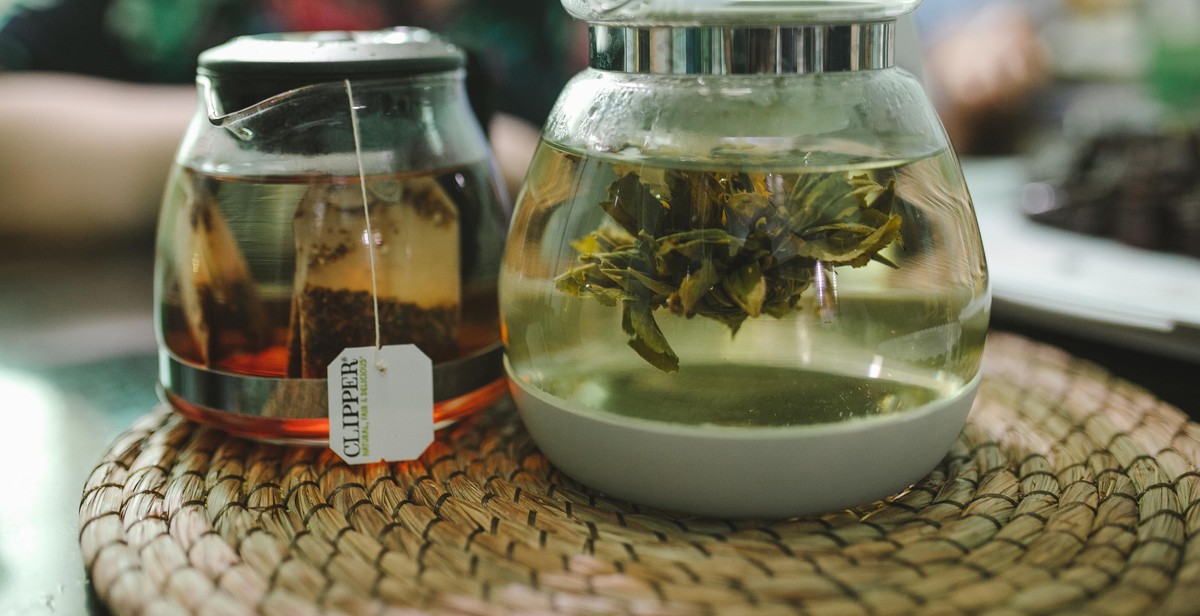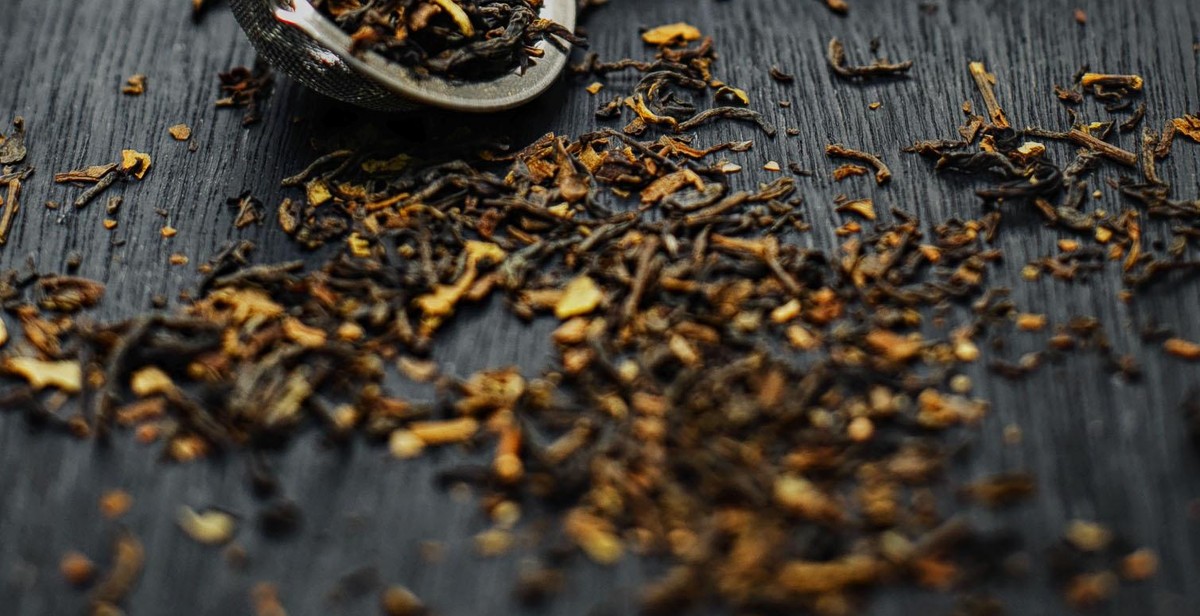How to Appreciate and Identify Different Types of Herbal Tea
Herbal tea is a popular beverage that is enjoyed all over the world. It is made by infusing various herbs, flowers, and spices in hot water. Herbal tea is known for its therapeutic properties and is often consumed for its health benefits. There are many different types of herbal teas available, each with its own unique flavor and aroma.
Types of Herbal Tea
Herbal teas can be classified into different categories based on the type of herb used. Some of the most popular types of herbal teas include:
- Chamomile tea
- Peppermint tea
- Lemon balm tea
- Ginger tea
- Hibiscus tea
- Nettle tea
- Rooibos tea
- Echinacea tea
Appreciating Herbal Tea
Appreciating herbal tea involves using your senses to fully experience the flavor and aroma of the tea. To appreciate herbal tea:
- Smell the tea before drinking it to identify the aroma.
- Sip the tea slowly and let it coat your tongue to identify the flavor.
- Pay attention to the color of the tea and the clarity of the liquid.
- Consider the temperature of the tea and how it affects the flavor.
Identifying Herbal Tea
Identifying herbal tea involves knowing the ingredients used to make the tea. Some herbal teas may contain multiple ingredients, making it difficult to identify the specific herbs used. To identify herbal tea:
| Herb | Color | Flavor |
|---|---|---|
| Chamomile | Pale yellow | Mild, sweet |
| Peppermint | Green | Minty, refreshing |
| Lemon balm | Yellow-green | Lemon, floral |
| Ginger | Golden brown | Spicy, warming |
| Hibiscus | Deep red | Tart, fruity |
| Nettle | Green | Earthy, vegetal |
| Rooibos | Red | Sweet, nutty |
| Echinacea | Golden | Earthy, floral |

What is Herbal Tea?
Herbal tea, also known as tisane or herbal infusion, is a hot or cold beverage made by steeping dried or fresh herbs, flowers, fruits, or spices in hot water. Unlike traditional tea, which is made from the leaves of the Camellia sinensis plant, herbal teas are caffeine-free and contain a variety of beneficial compounds that can promote health and wellness.
Defining Herbal Tea
Herbal tea can be made from a wide range of plants, each with its unique flavor and properties. Some of the most popular herbs used to make herbal tea include:
- Chamomile
- Peppermint
- Ginger
- Lemon balm
- Hibiscus
- Lavender
- Rooibos
- Echinacea
Herbal teas can be enjoyed hot or cold and are often consumed for their soothing, relaxing, or invigorating effects. They can also be used to treat a variety of health conditions, from digestive issues and headaches to anxiety and insomnia.
Benefits of Herbal Tea
Herbal tea is rich in antioxidants, vitamins, and minerals that can help support overall health and well-being. Some of the potential benefits of drinking herbal tea include:
- Reduced inflammation and oxidative stress
- Improved digestion and gut health
- Enhanced immune function
- Reduced anxiety and stress
- Improved sleep quality
- Lowered blood pressure and cholesterol levels
- Relief from menstrual cramps and other pain
It’s important to note that while herbal tea can offer many health benefits, it should not be used as a substitute for medical treatment or advice. If you have a medical condition or are taking medication, be sure to talk to your healthcare provider before adding herbal tea to your daily routine.

Types of Herbal Tea
Herbal teas are a popular choice for those who are looking for a healthy and delicious drink. These teas are made by steeping herbs, flowers, or other plant materials in hot water. There are many different types of herbal teas available, each with its own unique flavor and health benefits. Here are some of the most popular types of herbal tea:
Chamomile Tea
Chamomile tea is made from dried chamomile flowers and has a sweet, floral flavor. It is known for its calming properties and is often used to help with anxiety and insomnia. Chamomile tea is also thought to have anti-inflammatory and anti-bacterial properties.
Peppermint Tea
Peppermint tea is made from dried peppermint leaves and has a refreshing, minty flavor. It is often used to help with digestion and can also help to relieve headaches and improve focus.
Ginger Tea
Ginger tea is made from fresh or dried ginger root and has a spicy, warming flavor. It is often used to help with nausea and can also help to reduce inflammation and improve circulation.
Lemon Balm Tea
Lemon balm tea is made from dried lemon balm leaves and has a lemony, minty flavor. It is often used to help with anxiety and stress and can also help to improve cognitive function.
Hibiscus Tea
Hibiscus tea is made from dried hibiscus flowers and has a tart, fruity flavor. It is often used to help with high blood pressure and can also help to improve digestion and boost the immune system.
Echinacea Tea
Echinacea tea is made from dried echinacea leaves and has a slightly bitter, earthy flavor. It is often used to help with cold and flu symptoms and can also help to boost the immune system.
Rosehip Tea
Rosehip tea is made from dried rosehips and has a sweet, tangy flavor. It is often used to help with joint pain and can also help to improve skin health.
Lavender Tea
Lavender tea is made from dried lavender flowers and has a floral, slightly sweet flavor. It is often used to help with anxiety and insomnia and can also help to improve mood and reduce inflammation.
Each of these herbal teas has its own unique flavor and health benefits. Whether you are looking for a calming tea to help with anxiety or a refreshing tea to improve digestion, there is an herbal tea out there for you.

How to Appreciate Herbal Tea
Herbal tea is a delicious and healthy alternative to traditional tea. It is made from various dried herbs, fruits, and flowers, and has a unique flavor and aroma. Here are some tips on how to appreciate and enjoy herbal tea:
Choosing the Right Tea
The first step in appreciating herbal tea is to choose the right tea. There are many different types of herbal tea available, each with its own unique flavor and health benefits. Some popular types of herbal tea include chamomile, peppermint, ginger, and hibiscus. When choosing herbal tea, consider your taste preferences and the benefits you are looking for.
- Chamomile tea is known for its calming and relaxing properties, making it a great choice for bedtime.
- Peppermint tea is refreshing and invigorating, perfect for a mid-day pick-me-up.
- Ginger tea is warming and can help soothe an upset stomach.
- Hibiscus tea is tart and fruity, and is rich in antioxidants.
Brewing Herbal Tea
To fully appreciate the flavor and aroma of herbal tea, it is important to brew it properly. Here are some guidelines:
- Start with fresh, cold water.
- Heat the water to the appropriate temperature (varies depending on the type of tea).
- Use the recommended amount of tea leaves or tea bags.
- Steep the tea for the recommended amount of time (usually 3-5 minutes).
- Strain the tea and enjoy!
Pairing Herbal Tea with Food
Herbal tea can be enjoyed on its own, but it can also be paired with food for a delicious and satisfying meal. Here are some pairing suggestions:
| Herbal Tea | Food Pairing |
|---|---|
| Chamomile | Shortbread cookies, fruit tarts |
| Peppermint | Dark chocolate, fresh fruit |
| Ginger | Asian cuisine, spicy foods |
| Hibiscus | Grilled chicken, seafood |
By following these tips, you can fully appreciate and enjoy the unique flavors and health benefits of herbal tea.

Identifying Quality Herbal Tea
Herbal tea comes in a variety of flavors and types, and identifying the quality of herbal tea is essential to ensure that you get the best experience. Here are some factors to consider when identifying quality herbal tea:
Visual Appearance
One of the easiest ways to identify quality herbal tea is by its visual appearance. High-quality herbal tea should have vibrant colors, with the leaves or flowers looking fresh and not wilted. The color of the tea should also match the type of herbal tea. For example, chamomile tea should have a bright yellow color, while peppermint tea should have a greenish hue.
You can also tell the quality of herbal tea by the size of the leaves or flowers. Smaller pieces of tea indicate lower quality, while larger pieces indicate higher quality.
Aroma
The aroma of herbal tea is a crucial factor in identifying its quality. High-quality herbal tea should have a strong and fresh aroma. You should be able to smell the tea’s natural scent and not any artificial or chemical smells.
If the herbal tea has a weak or stale smell, it might not be of the best quality. However, some herbal teas have a subtle aroma, such as chamomile tea, which is known for its delicate scent.
Taste
The taste of herbal tea is the most critical factor in identifying its quality. High-quality herbal tea should have a well-rounded taste, with a balance of flavors that complement each other. The taste should be natural and not overpowering or artificial.
When tasting herbal tea, pay attention to the aftertaste. High-quality herbal tea should have a pleasant aftertaste that lingers in your mouth.
Overall, identifying the quality of herbal tea is a combination of visual appearance, aroma, and taste. By paying attention to these factors, you can ensure that you get the best experience and enjoy the full benefits of herbal tea.

Conclusion
Herbal tea is a great way to enjoy the health benefits of plants and spices. By understanding the different types of herbal tea and their unique properties, you can choose the right tea to suit your needs. Whether you want to relax, energize, boost your immune system, or simply enjoy a delicious beverage, there is a herbal tea for you.
When making herbal tea, it’s important to use high-quality ingredients and follow the correct brewing methods to extract the full flavor and benefits. You can also experiment with different combinations of herbs and spices to create your own unique blends.
Remember that herbal tea is not a substitute for medical treatment, but it can be a valuable addition to a healthy lifestyle. If you have any health concerns or are taking medication, it’s always best to consult with your healthcare provider before adding herbal tea to your routine.
By taking the time to appreciate and identify different types of herbal tea, you can expand your palate and explore new flavors and health benefits. So go ahead and try a new herbal tea today – your taste buds and body will thank you!
